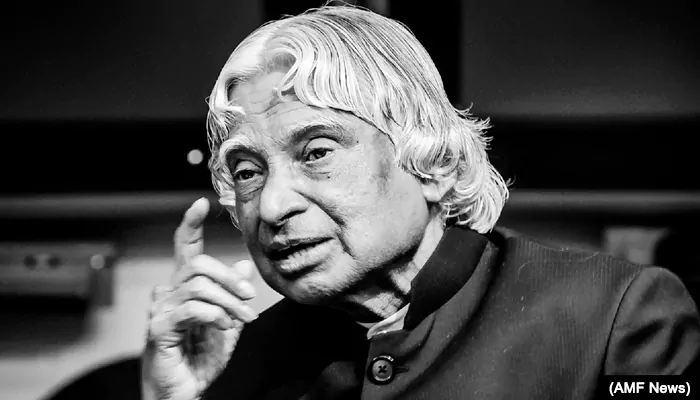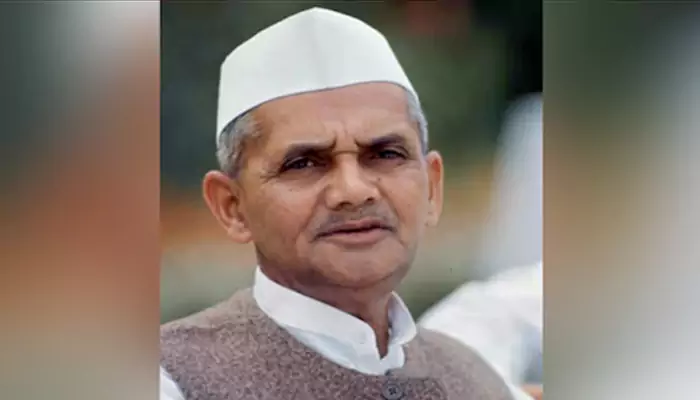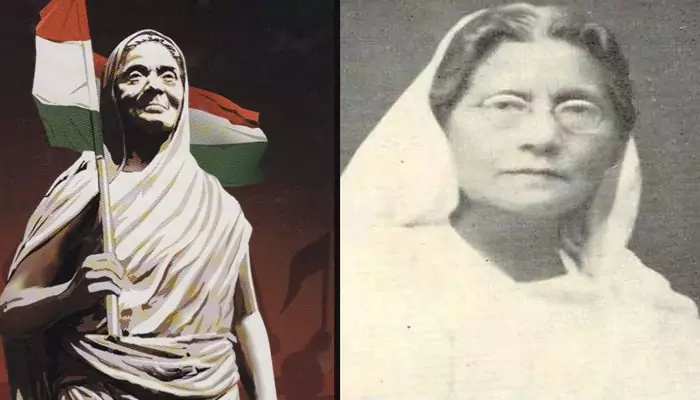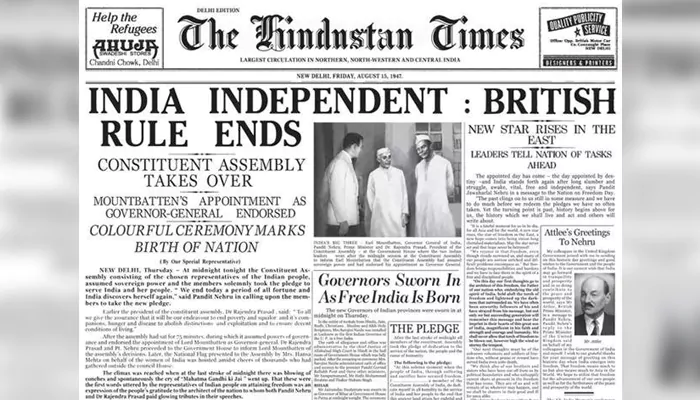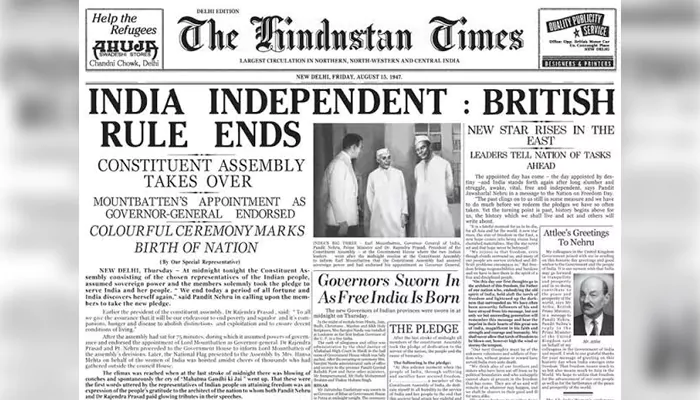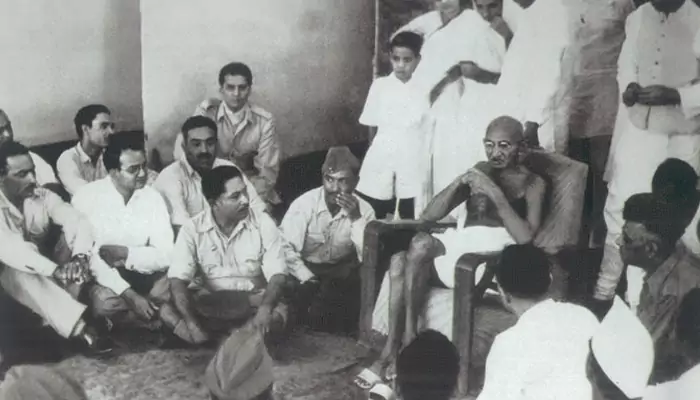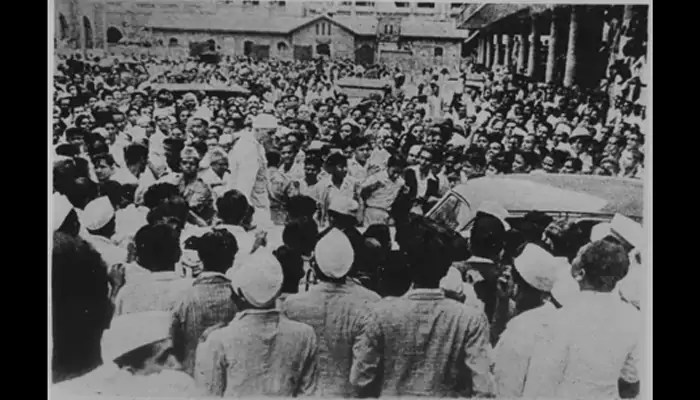Gandhi Jayanti 2025: How a Shy Boy From Porbandar Grew Into the Mahatma
- Sanchari Das
- 2 months ago
- 3 minutes read
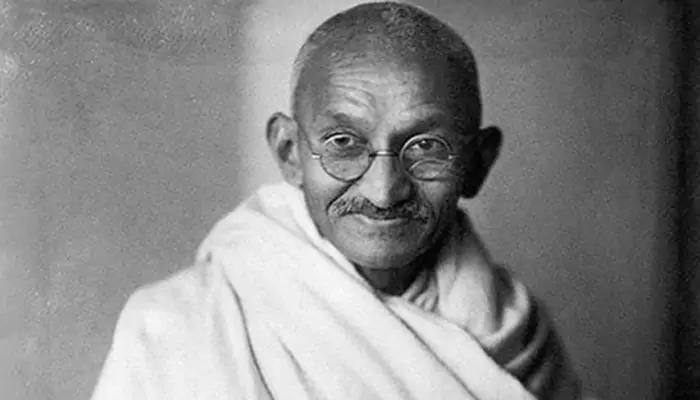
The Quiet Boy Who Taught the World to Resist Without Violence
Every year on 2 October, India celebrates Gandhi Jayanti, honoring the birth of Mohandas Karamchand Gandhi. In 2025, it marks his 156ᵗʰ birthday. Born in a small coastal town of Porbandar, Gandhi was not an extraordinary child in school. He was shy, thoughtful, and often quiet, preferring books and reflection over games or loud company. Yet, this quiet boy would grow into Mahatma Gandhi, a leader whose life shaped a nation and inspired the world. His journey is a story of courage, patience, and unwavering commitment to truth and non-violence.
Early Life in Porbandar
Mohandas Gandhi was born on 2 October 1869 to a family of public servants. His father, Karamchand Gandhi, was the diwan of Porbandar, and his mother, Putlibai, was deeply religious. From a young age, Gandhi observed discipline, fasting, and devotion at home. These early influences planted seeds of morality and self-restraint in him.
As a child, Gandhi was timid and hesitant. He struggled with schoolwork and often feared speaking in public. However, he loved reading and had a keen sense of justice, even in small matters, such as defending his classmates or helping his neighbors. These early experiences shaped the foundation of his later principles.
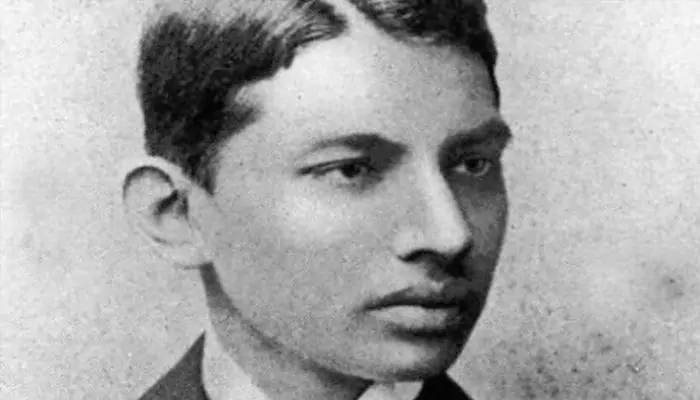
The Formative Years
Gandhi’s teenage years were marked by curiosity and small rebellions. He sometimes disobeyed his strict upbringing, yet he was deeply reflective about his actions. Studying law in London exposed him to new ideas and challenged him to adapt. He struggled with homesickness and cultural differences but made personal vows to practice discipline and simplicity.
During this period, Gandhi began to understand the power of self-discipline and personal integrity. These lessons, learned quietly in foreign lands, slowly prepared him to face the larger struggles that lay ahead.
Mahatma Gandhi In South Africa pic.twitter.com/jw69zcfD1b
— indianhistorypics (@IndiaHistorypic) August 13, 2022
The South Africa Experience
Gandhi’s real transformation began in South Africa, where he worked as a lawyer. He faced discrimination firsthand, from being asked to leave trains to witnessing racial injustices against Indian immigrants. These experiences awakened his social consciousness.
It was in South Africa that Gandhi developed satyagraha, the method of non-violent resistance. Small campaigns for rights and justice tested his patience, courage, and leadership abilities. He learned that change could be achieved not through force, but through persistent, principled action.
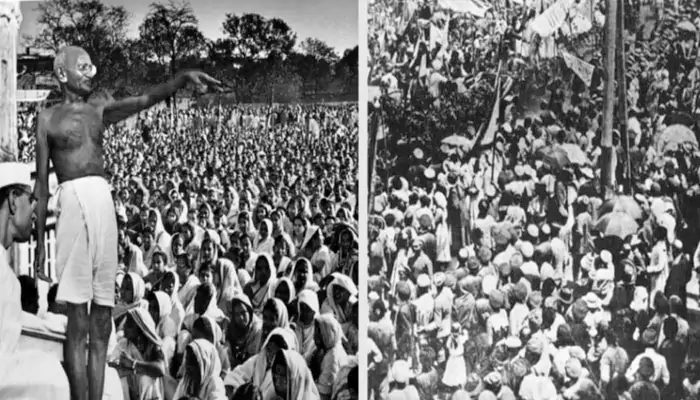
Leading India to Freedom
Returning to India in 1915, Gandhi applied these lessons on a much larger scale. He led the Non-Cooperation Movement, the Salt March, and the Quit India Movement, uniting millions of Indians in their opposition to colonial rule.
Gandhi’s leadership style was rooted in simplicity. He wore plain clothes, lived modestly, and set a good example. His dedication to non-violence and truth inspired people across the country to join his cause. He showed that leadership is not about power, but about moral conviction and courage.
Legacy Beyond Borders
Gandhi passed away on 30 January 1948, yet his principles continue to inspire. His life demonstrated that even a shy, reserved individual can effect monumental change. Non-violence, truth, and civil disobedience became tools not just for India, but for freedom movements worldwide.
Gandhi Jayanti serves as a poignant reminder that true strength lies in moral courage. In a fast-changing world, his life teaches patience, humility, and the power of peaceful resistance.

